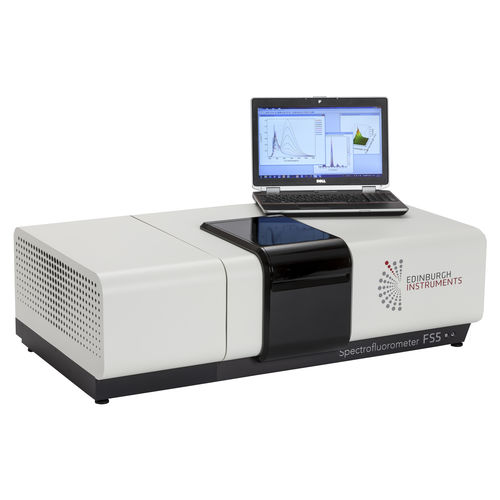
#Industry News
Investigating Efficiency Roll-Off in Quantum Dot LEDs (QLEDs) using the FS5 Spectrofluorometer
Quantum dot light emitting diodes (QLEDs) have attracted immense research interest from both academia and industry due to their desirable display properties.
The linewidth of the emission from quantum dots (QDs) is significantly narrower than from organic molecules which means that QLEDs can potentially offer displays with higher colour gamut than OLEDs.
QLEDs are also being investigated for use in lighting and high brightness applications such as projection displays, car headlamps and outdoor signage. For these applications, the maximum brightness of QLEDs must be significantly increased.
QLEDs suffer from a problem known as efficiency roll-off. When the brightness of QLEDs is increased past a certain threshold the efficiency starts to drop (roll-off) which limits the maximum brightness that can be practicably achieved. One of the causes of efficiency roll-off is Joule heating. To achieve high brightness a high current density is required which generates a significant amount of heat inside the QLED, raising the device temperature. At high current densities, the temperature inside the QLED can easily reach temperatures in excess of 100°C. This elevated temperature causes’ efficiency roll-off since the photoluminescence quantum yield of the quantum dots decreases with increasing temperature due to the de-bonding of QD surface ligands and the introduction of surface trap states. To achieve high brightness QLEDs thermal management and thermal stability, therefore, need to be improved.
Click on 'more information' below to read the full article.





